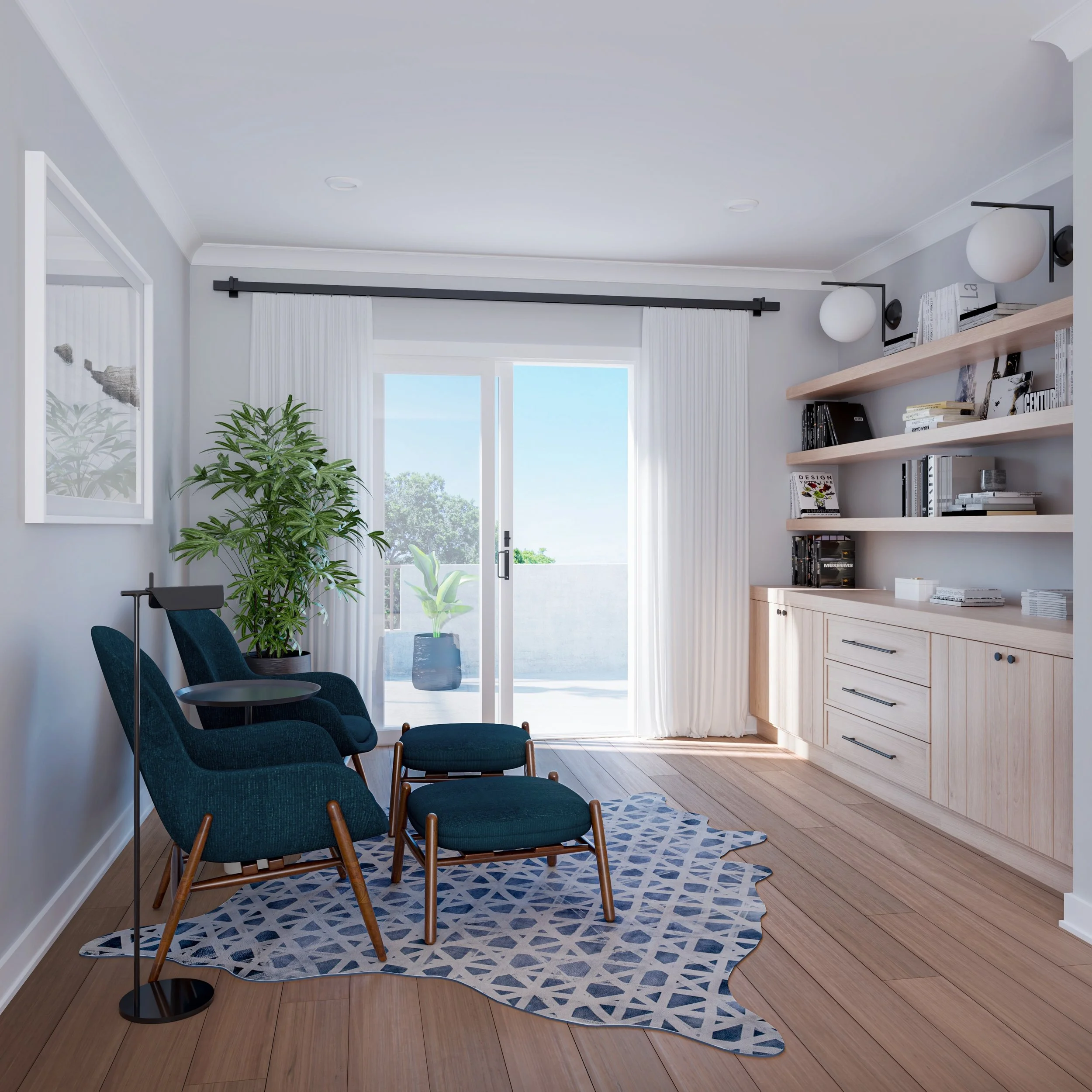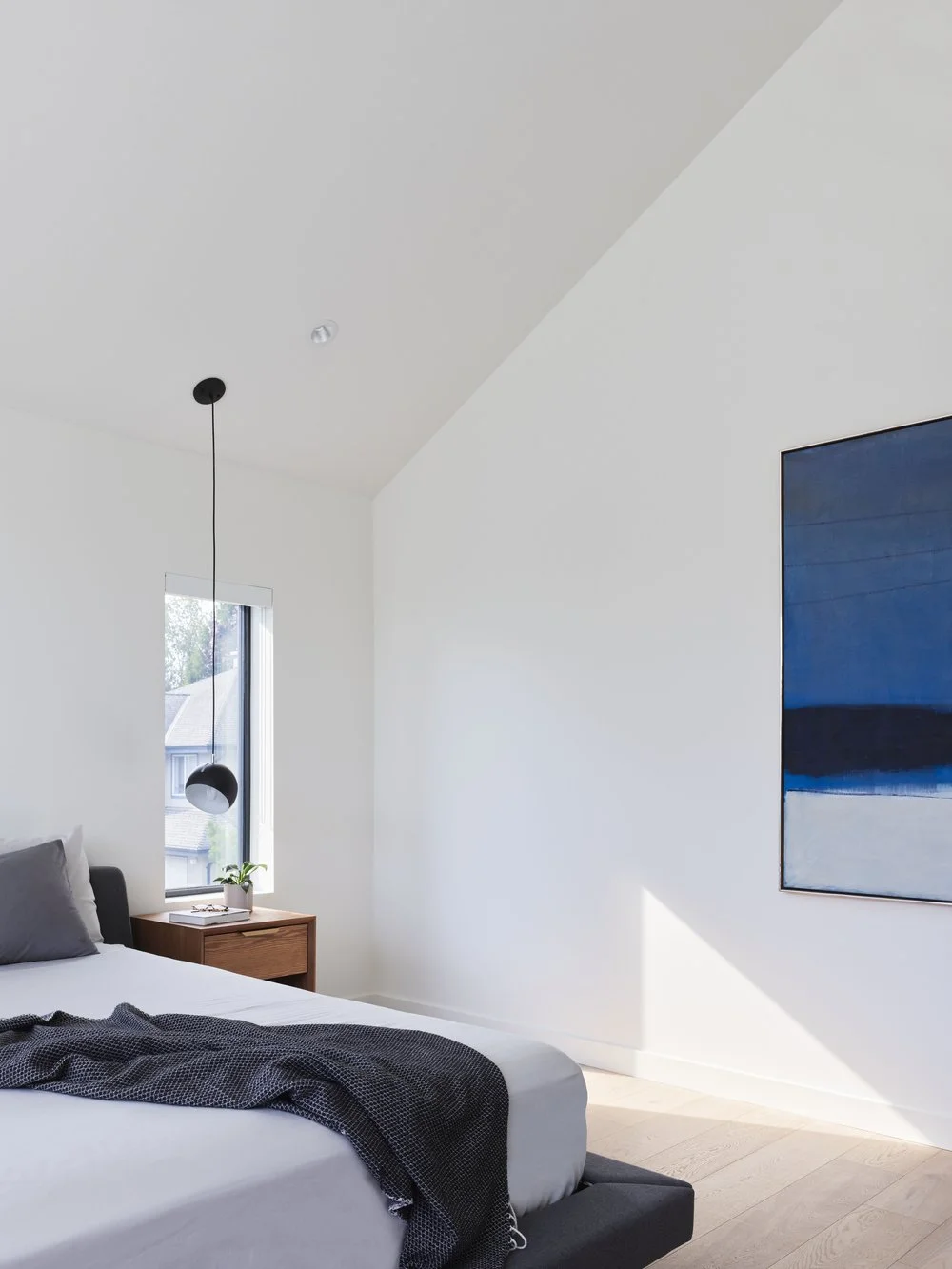Perfecting the Mix: Tips for Balancing Warm and Cool Tones
Our Guide to Balancing Warm + Cool Tones. There are several key things to keep in mind regarding the undertones of your home.
Achieving balance is a key aspect of good design, and whether you're revamping a room or selecting bedding, paying attention to the colors and tones of each element can make all the difference in the final outcome.
The balance between warm and cool tones in a space can significantly impact its overall feel. Even with a neutral color palette, undertones in wood finishes and hardware must complement each other to create a harmonious and multidimensional look.
At our firm, we enjoy incorporating both warm and cool tones in our projects to add visual interest. However, it can be challenging to get started with this technique in your own space.
In this post, we'll share our approach to balancing warm and cool tones, as well as some helpful tips to simplify the process.
Warm Tones vs. Cool Tones
To achieve a balanced look in your space, it's essential to have a clear understanding of the impact that different tones can have on your design.
Warm tones such as reds, oranges, browns, yellows, golds, beige, and whites with creamy undertones can be energizing and create a cozy, inviting atmosphere. However, too many warm tones in a small area can make it feel cramped and stuffy.
On the other hand, cool tones such as blues, greens, purples, grays, silvers, and whites with grey undertones can have a calming effect and create a modern, clean look. But, too many cool tones in one space can give it a cold and unwelcoming feel.
Whites can have either warm or cool undertones, and black, being neither warm nor cool, can be used to add balance to your space. Before you start balancing the tones in your space, it's important to understand the impact that each tone can have and use them thoughtfully to create a harmonious and inviting atmosphere.
Mixing Warm + Cool Tones
Although your space may lean towards either warm or cool tones, adding layers of contrast and blending warm and cool elements together is an important aspect of creating a curated and thoughtful space.
If you're particularly drawn to a specific element or finish, it's crucial to keep in mind that having too much of the same element can sometimes make it lose its impact. Therefore, it's essential to incorporate a variety of warm and cool tones to create a well-balanced and visually appealing space.
Finding Your Starting Point
Getting started with mixing warm and cool tones can be less daunting when you have a clear starting point.
Whether you're selecting hard finishes like flooring and light fixtures or soft finishes such as furniture and decor pieces, it's essential to consider the tones that are present. Take a moment to evaluate whether the tones are warm or cool, particularly in items that you already own or have selected.
Once you've identified your starting point, it becomes easier to layer and contrast different tones to create a visually appealing and harmonious space.
2. Adding Dimension Through Contrasting Pieces
Furniture and decor offer excellent opportunities to introduce contrasting tones to your finishes.
For instance, incorporating leather chairs into a cool-toned lounge can instantly create a more welcoming and inviting atmosphere. In a kitchen with gold lighting and hardware, adding cool-toned barstools can refresh the space and restore balance. By thoughtfully integrating furniture and decor items with contrasting tones, you can create a cohesive and visually engaging look in your space.
Achieving a well-balanced and visually appealing space requires attention to detail and thoughtful consideration of warm and cool tones. By understanding the impact of different tones on your design, you can use them in a way that creates a harmonious and inviting atmosphere. Whether you're selecting hard or soft finishes, incorporating furniture and decor items, or layering and contrasting different tones, our guide to balancing warm and cool tones can help you achieve a curated and thoughtful space. Remember to keep in mind the importance of finding a starting point and using contrasting tones to create interest while maintaining balance. With these tips in mind, you can create a space that is both visually appealing and harmonious.














